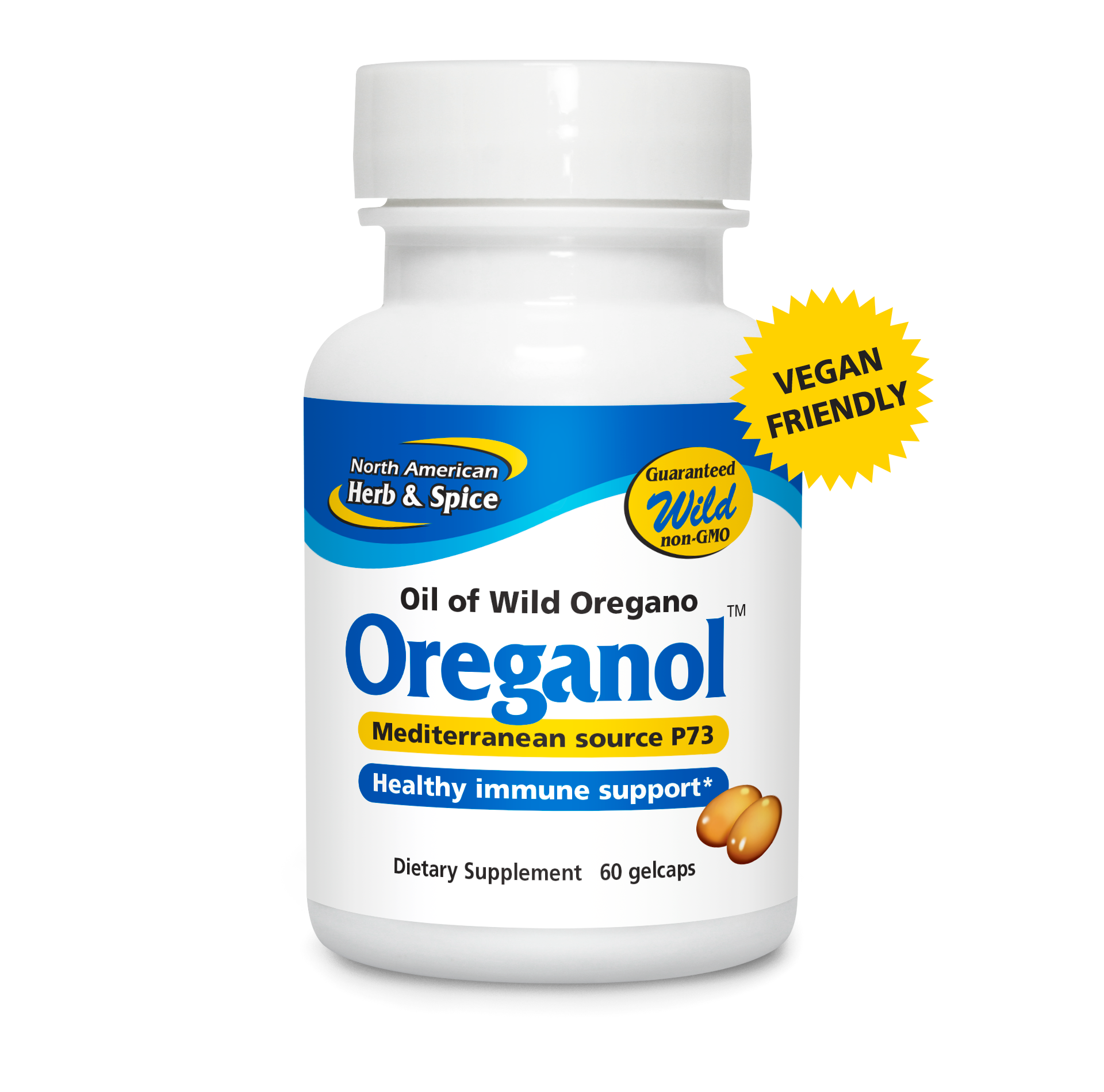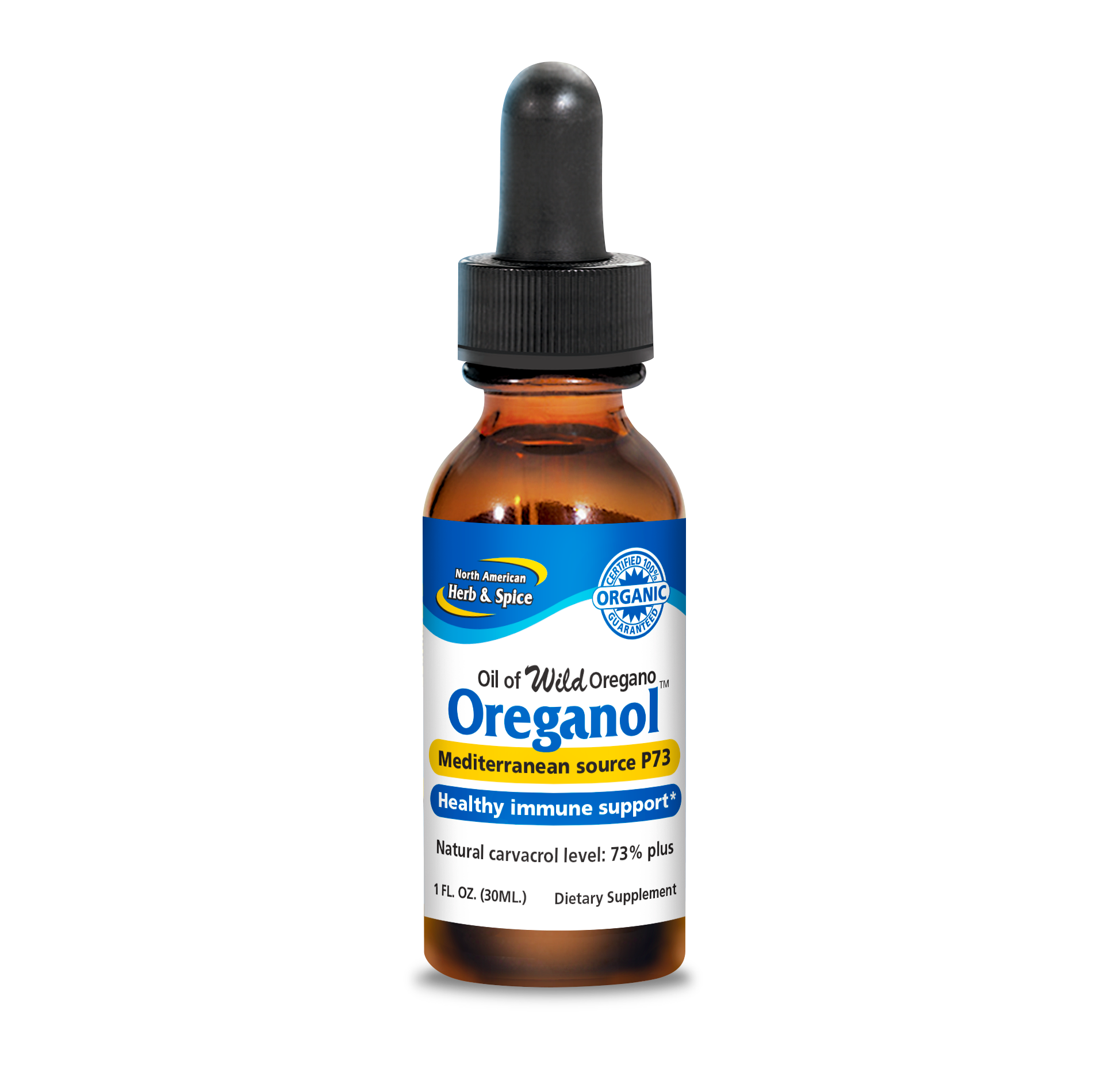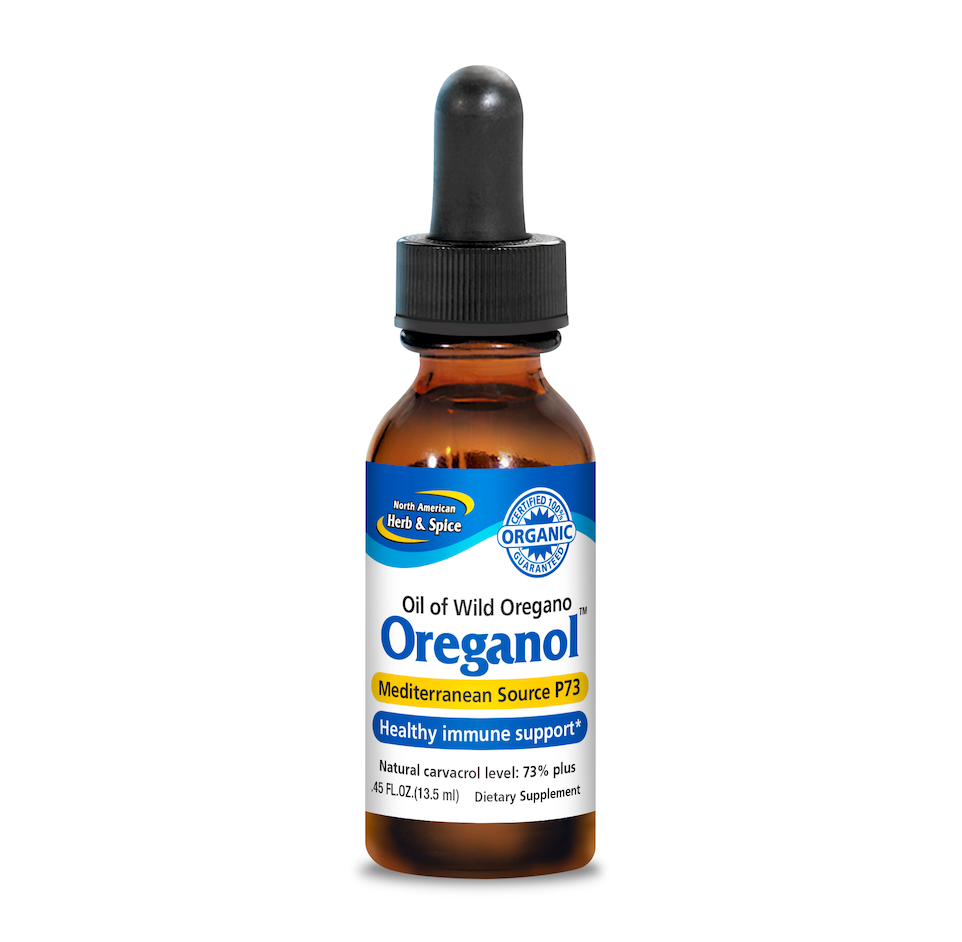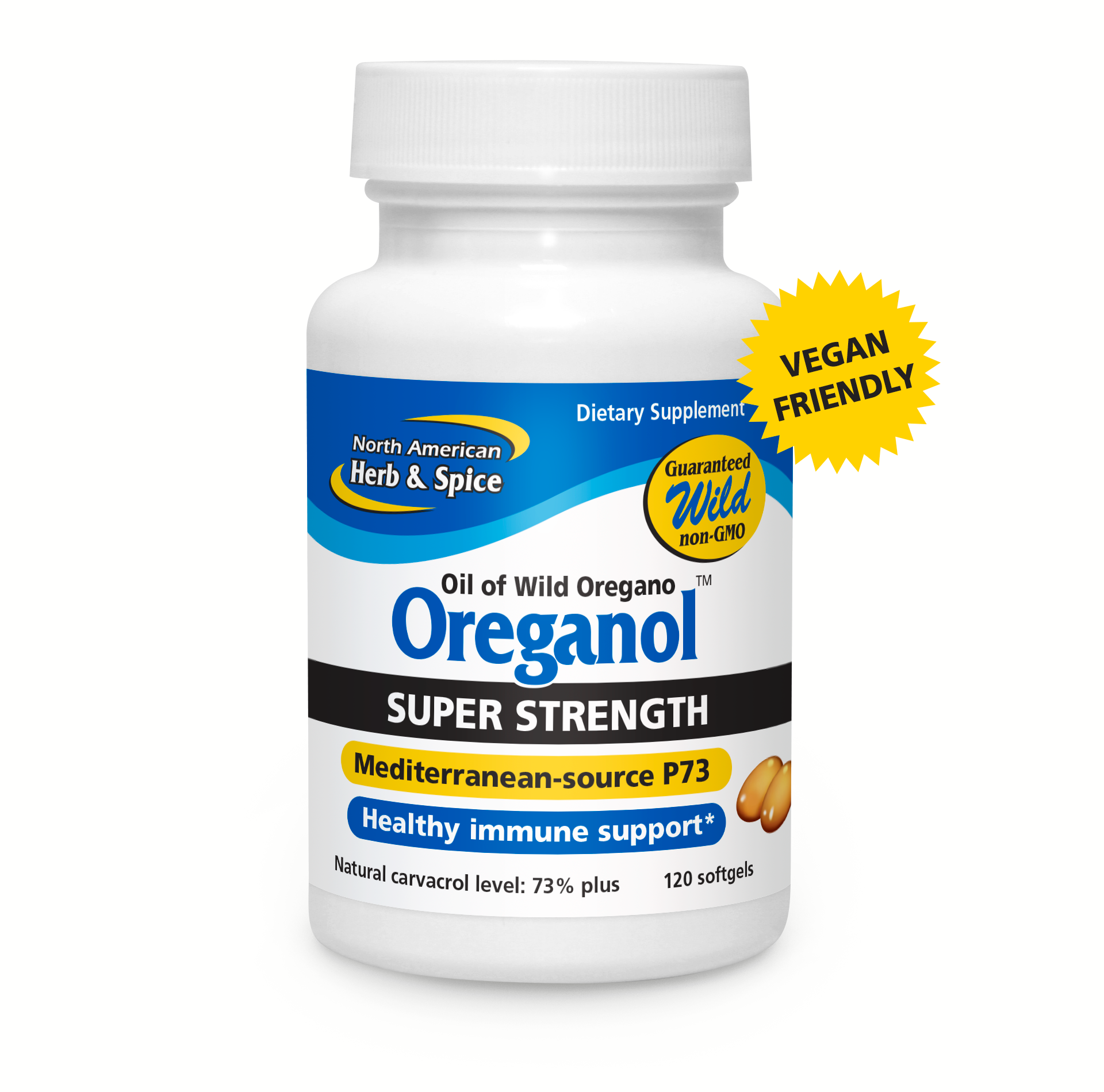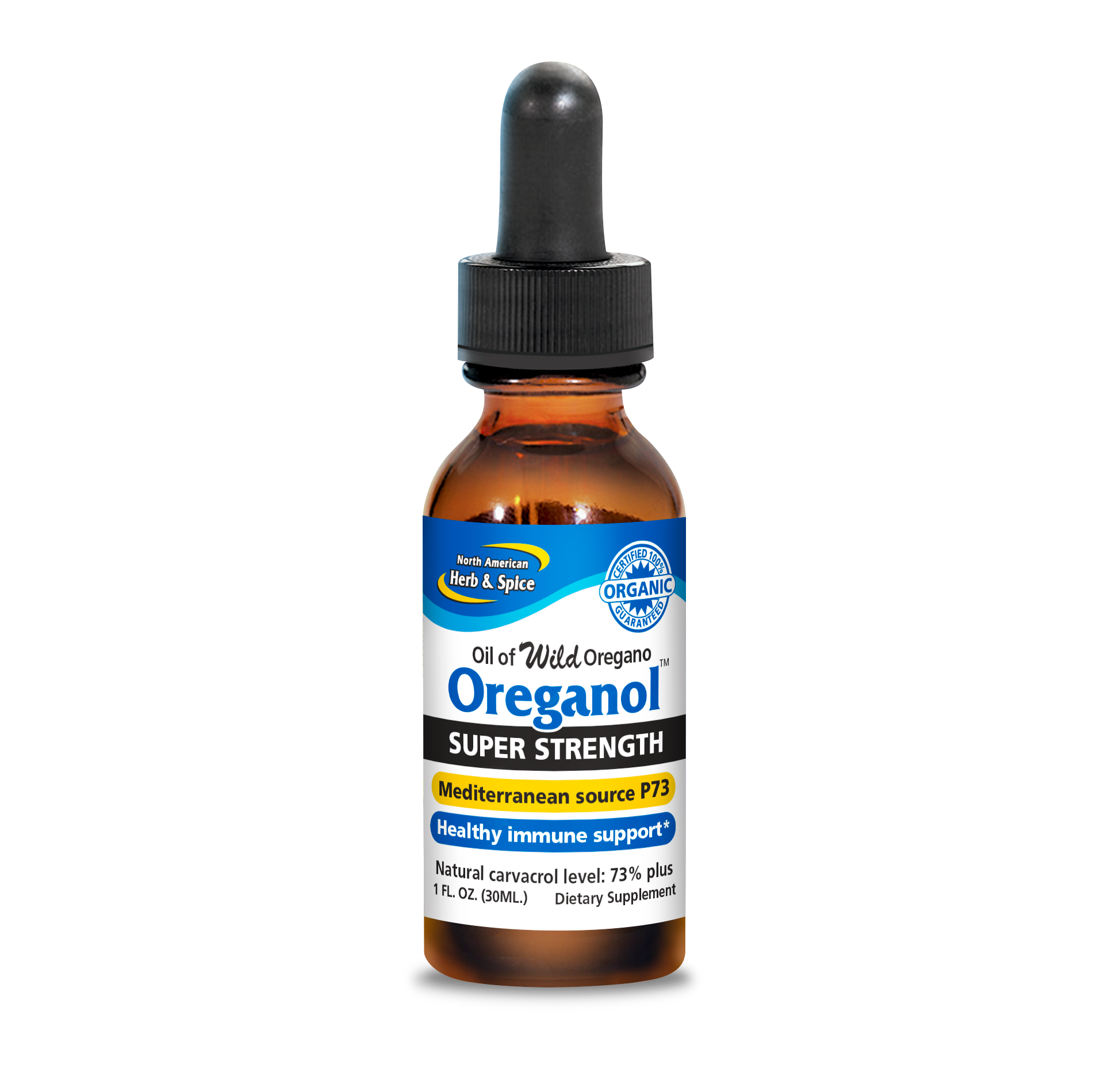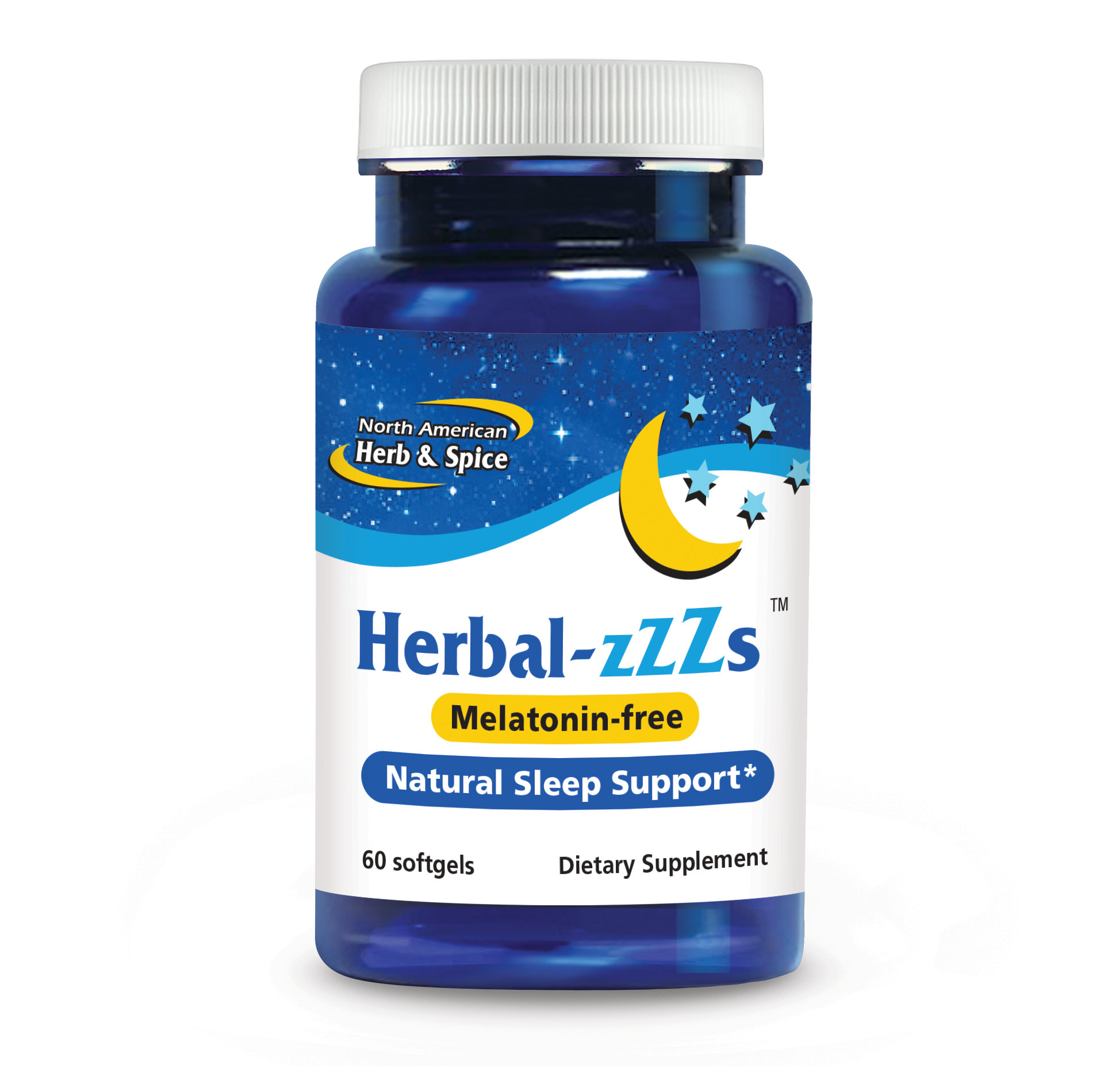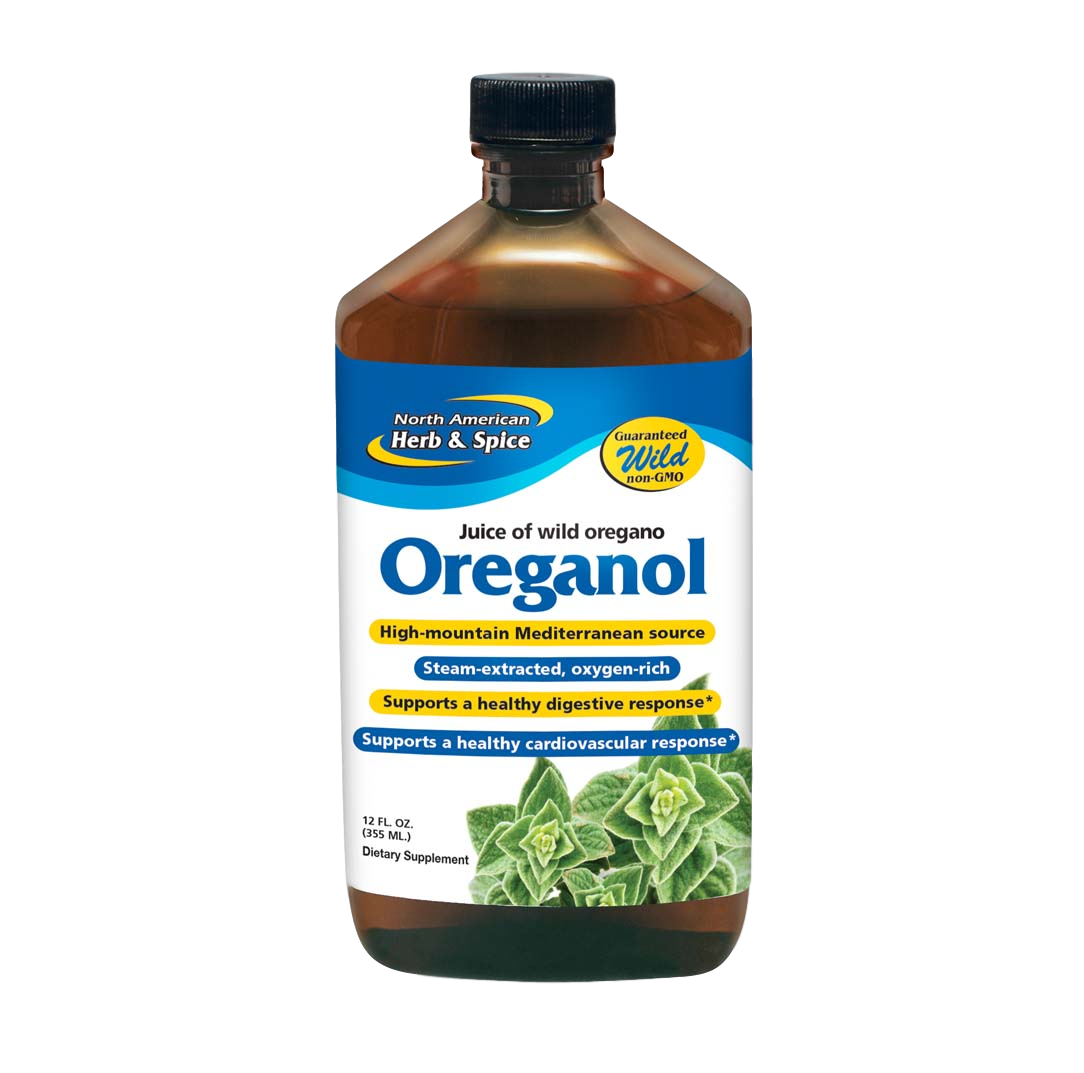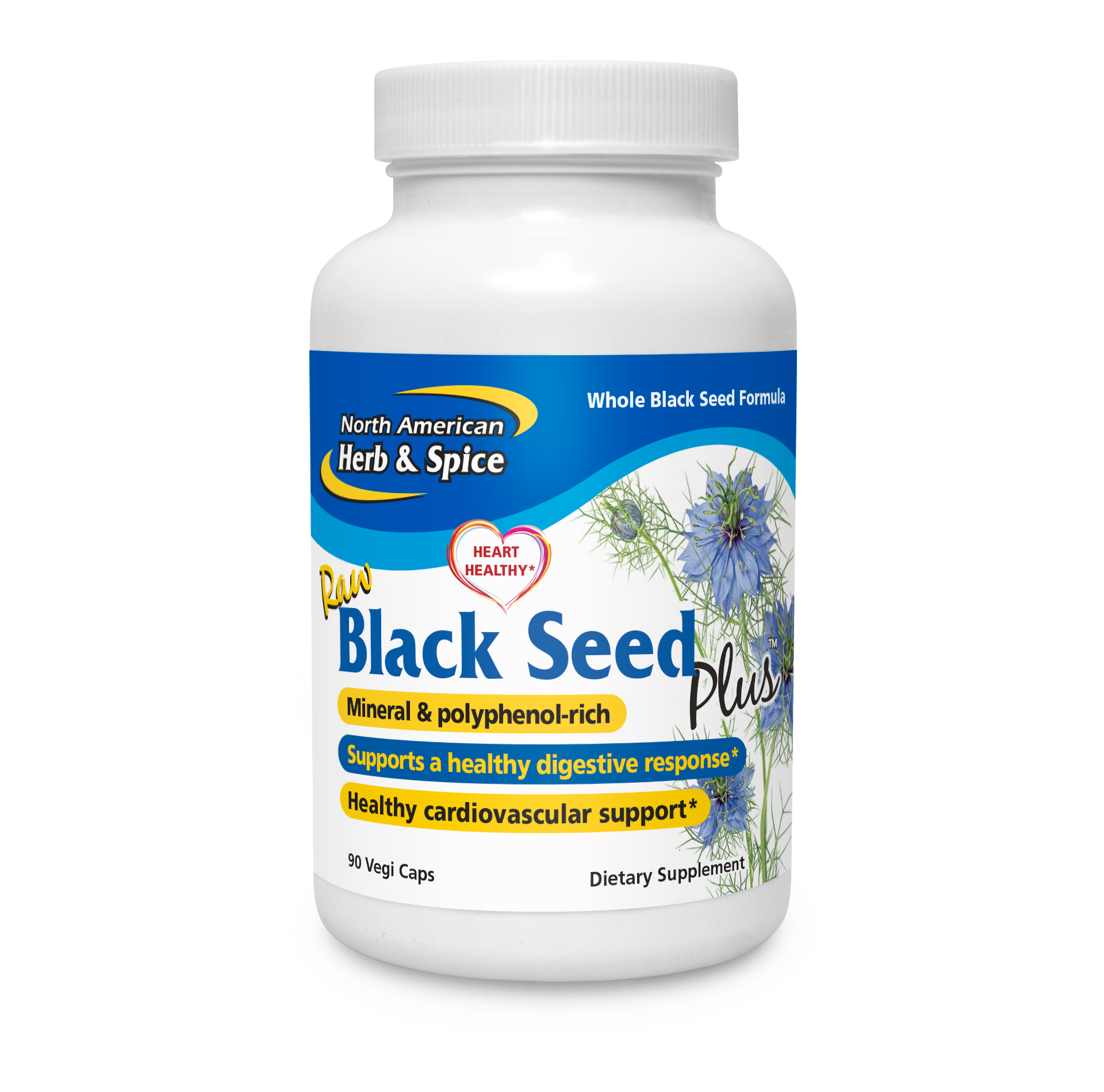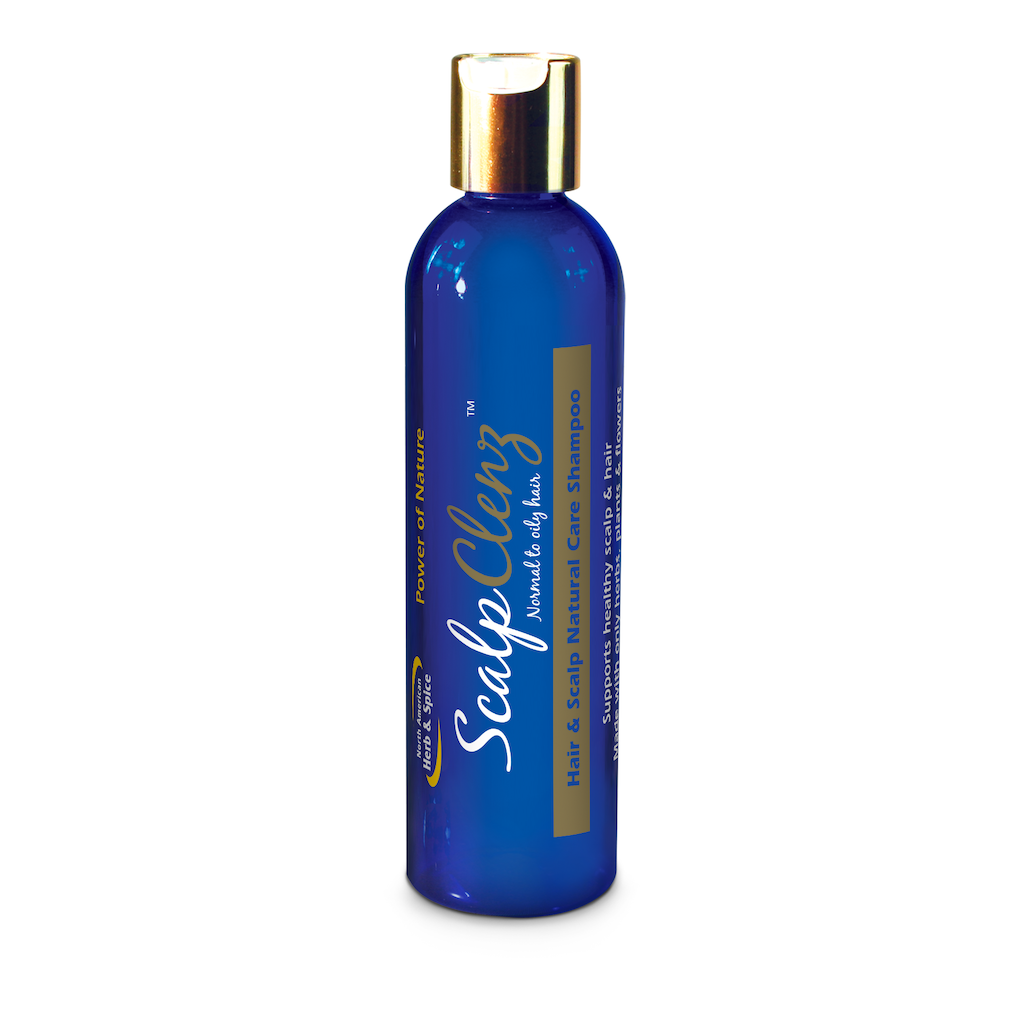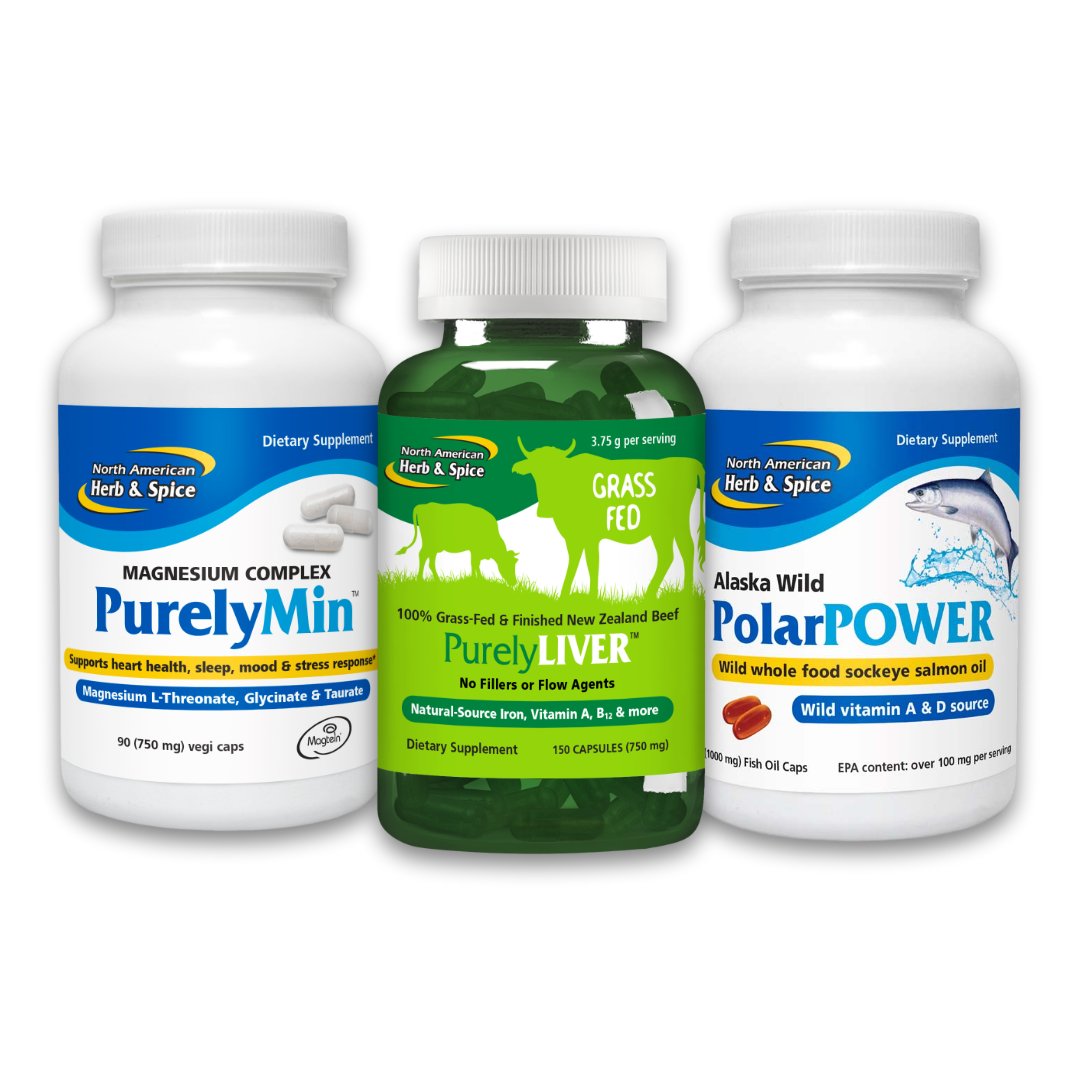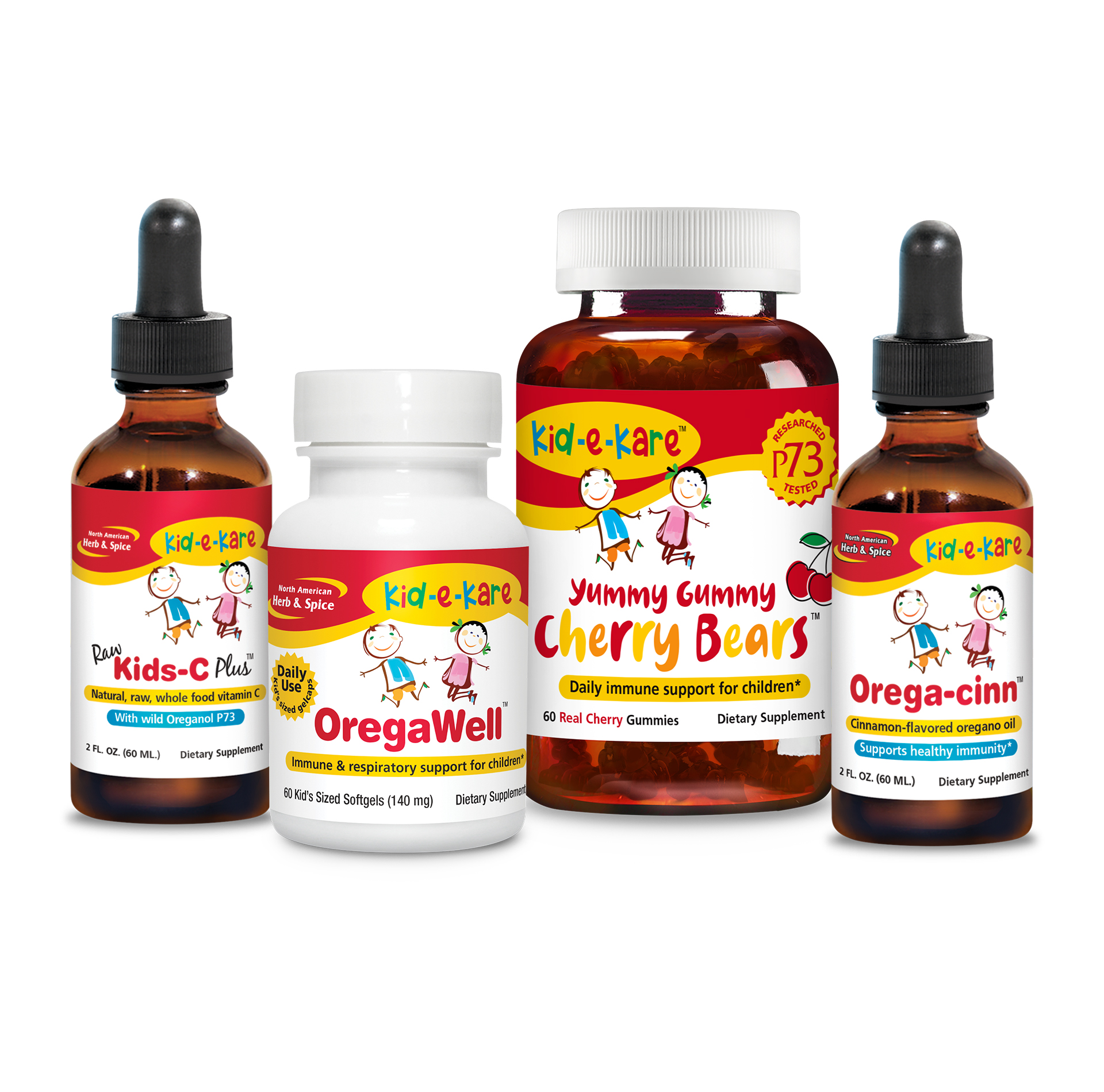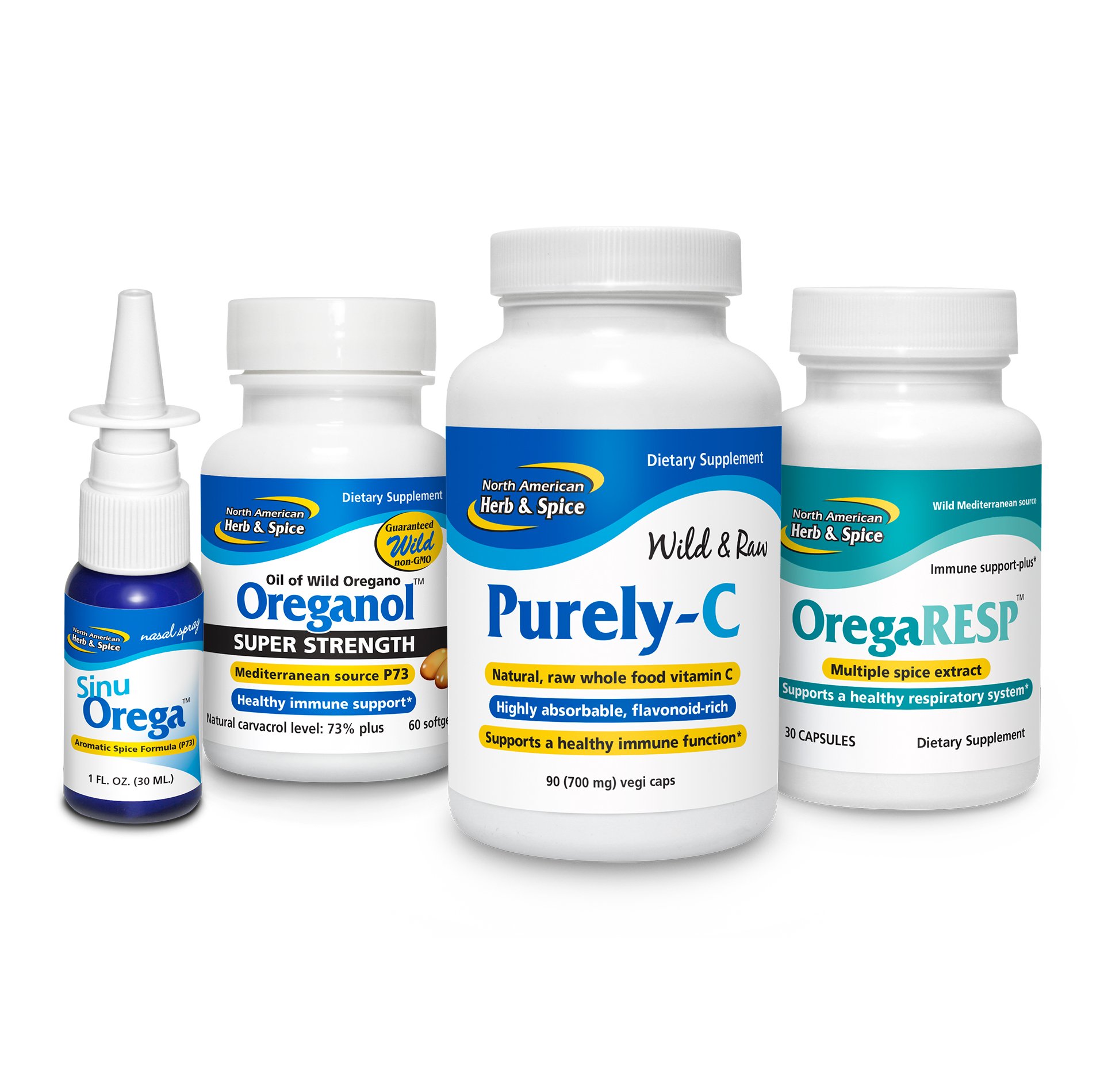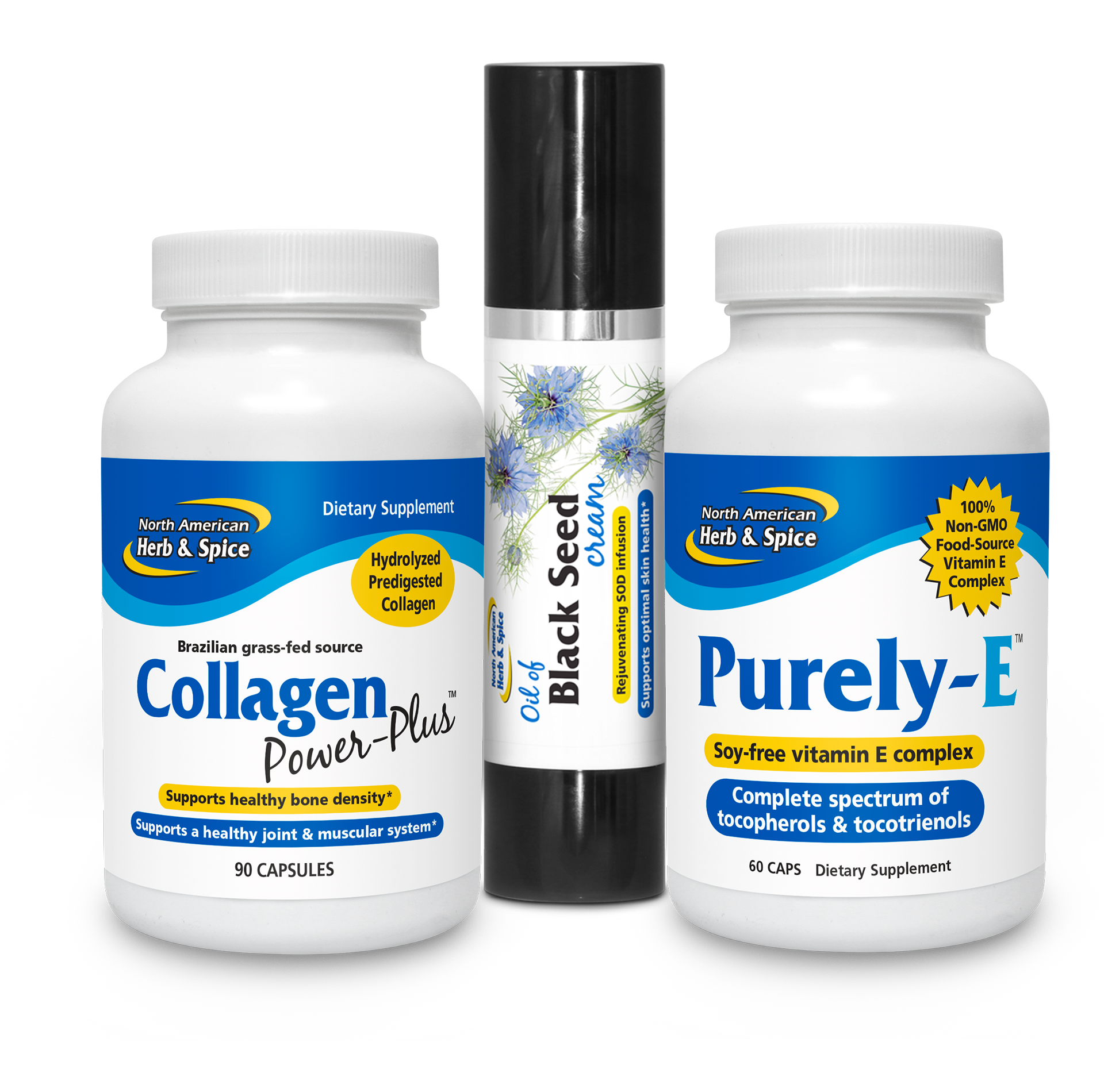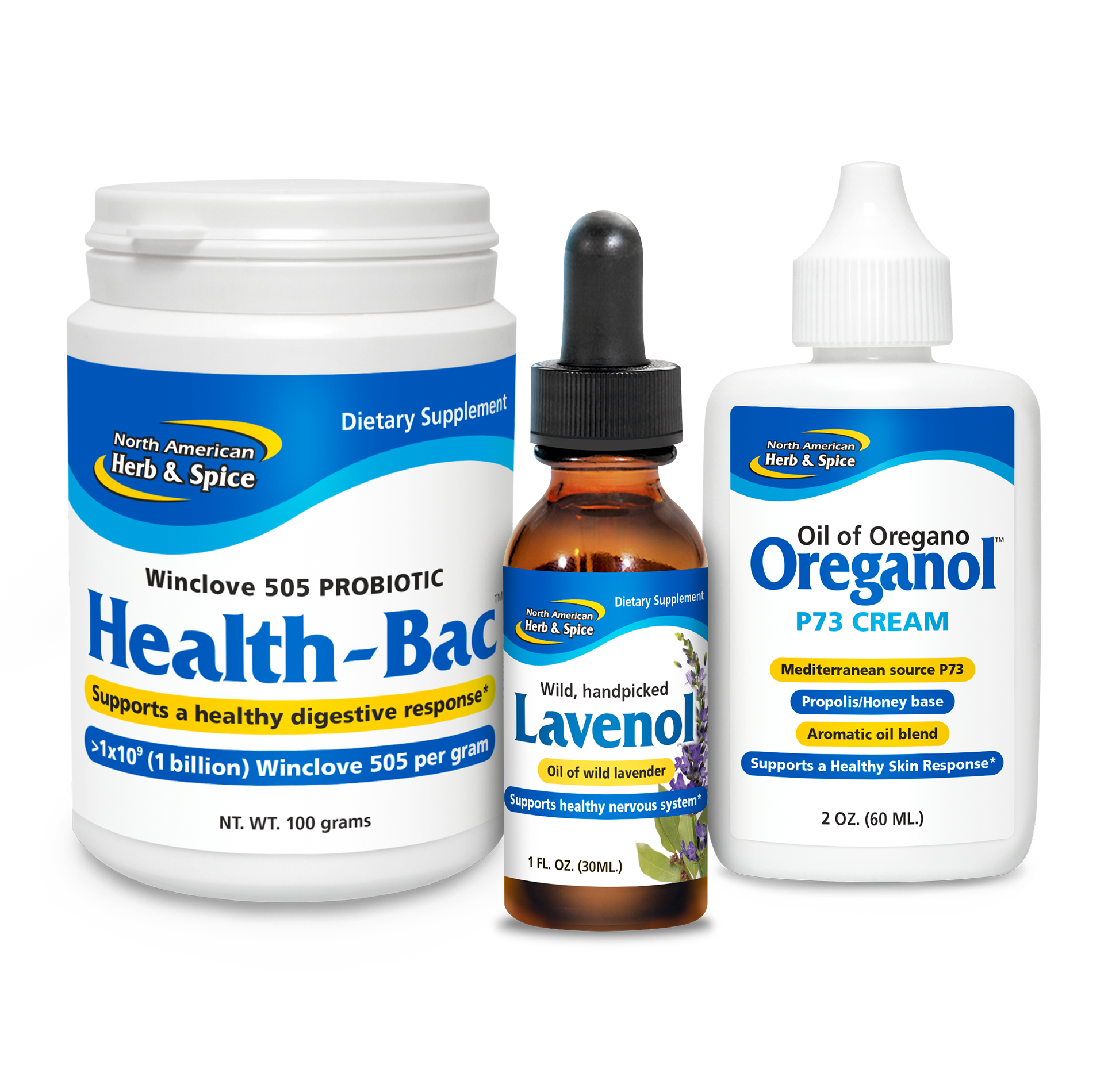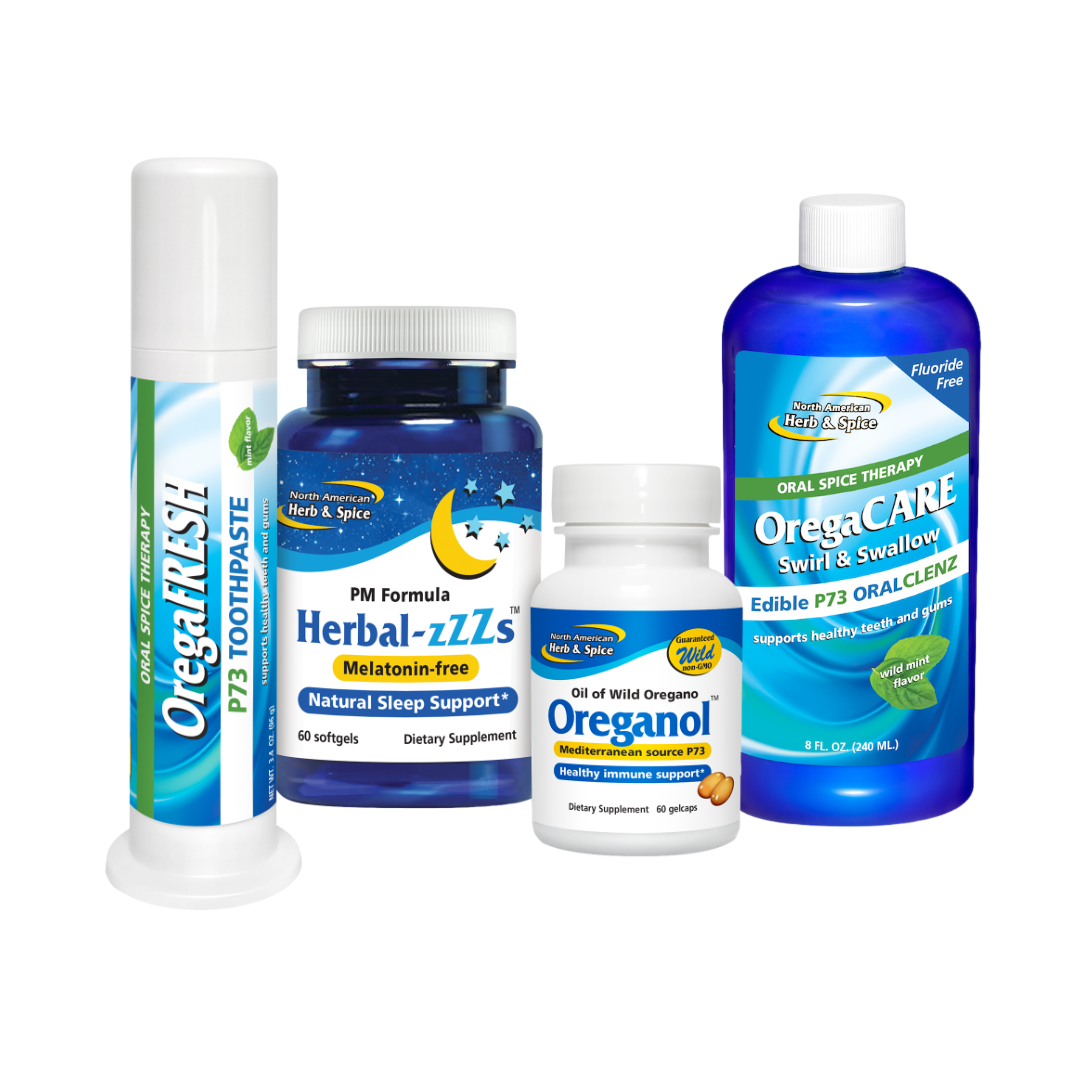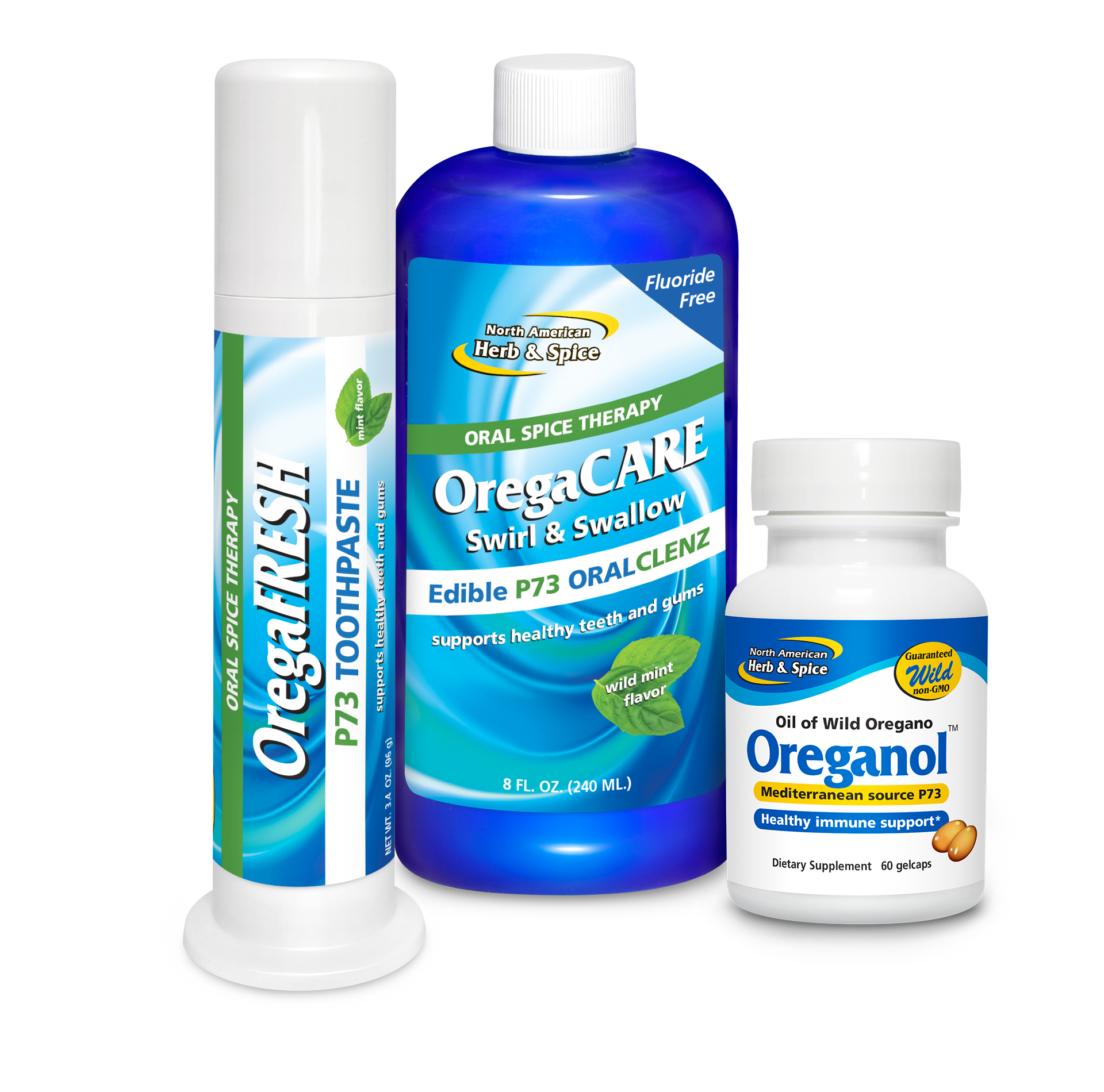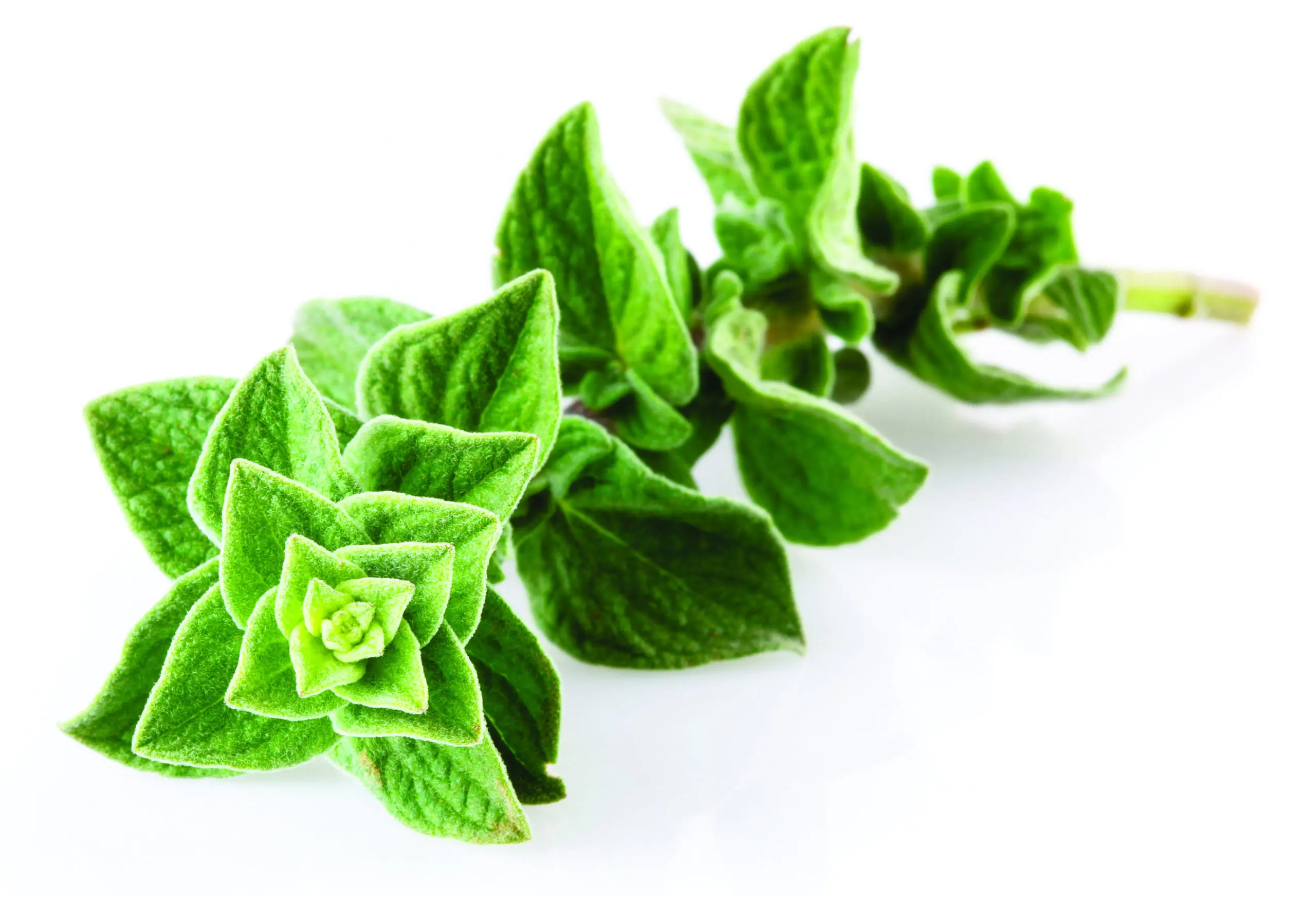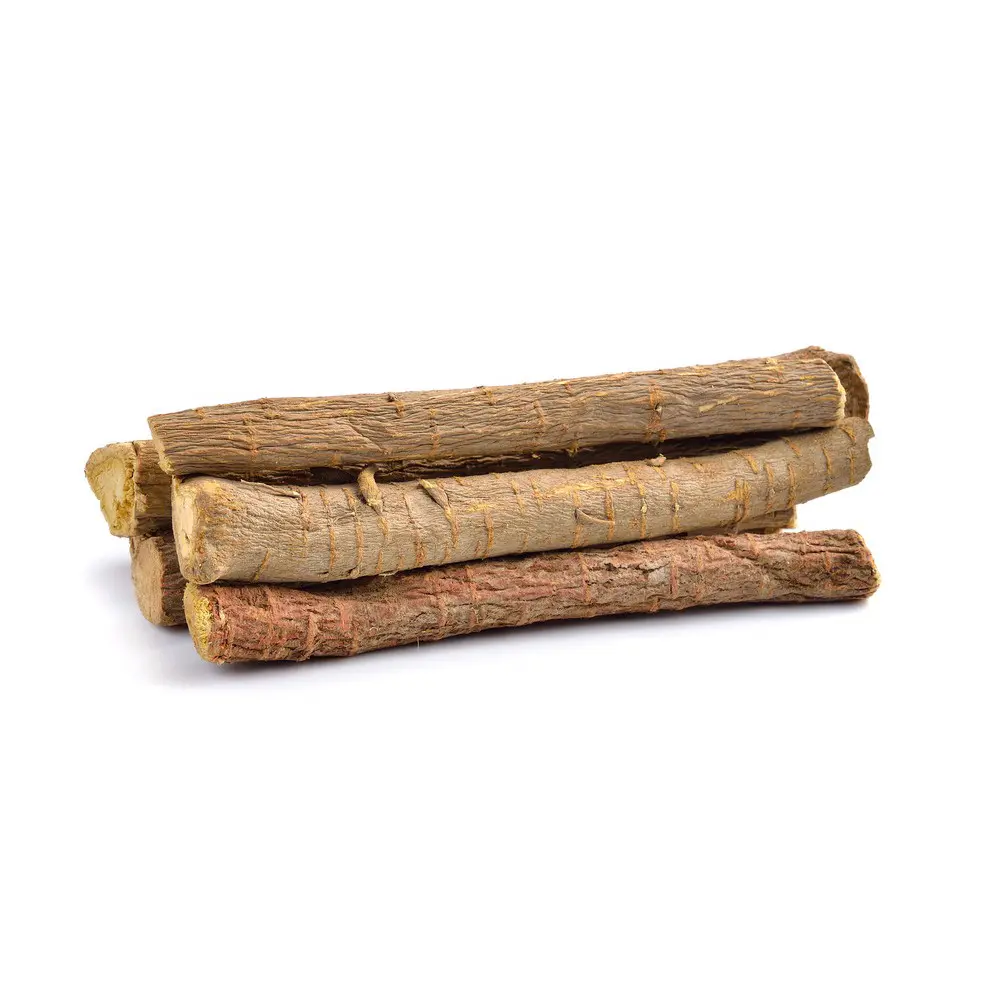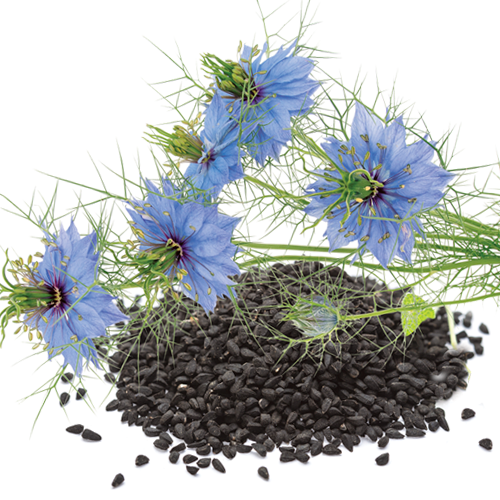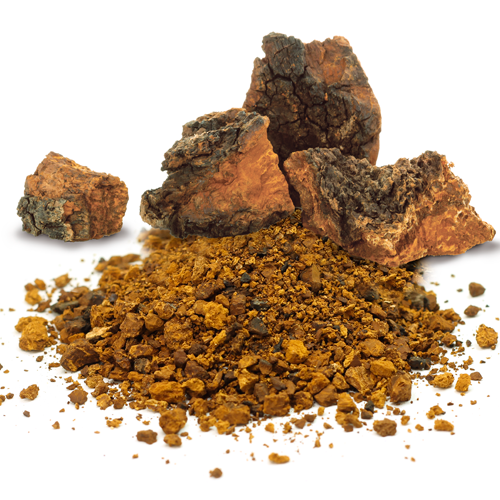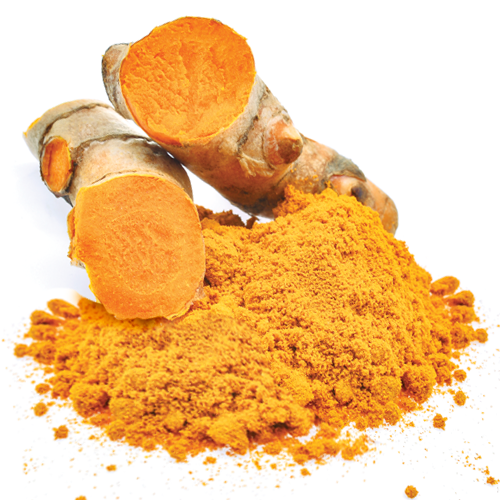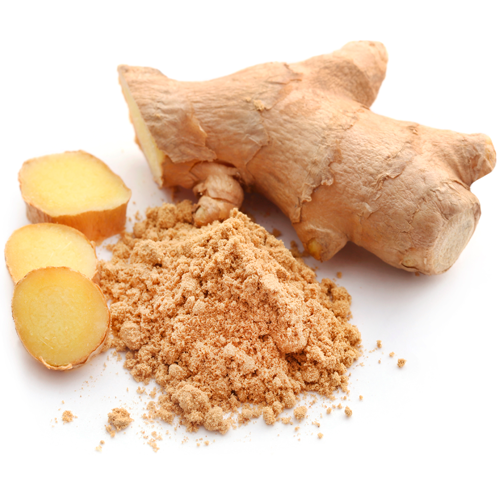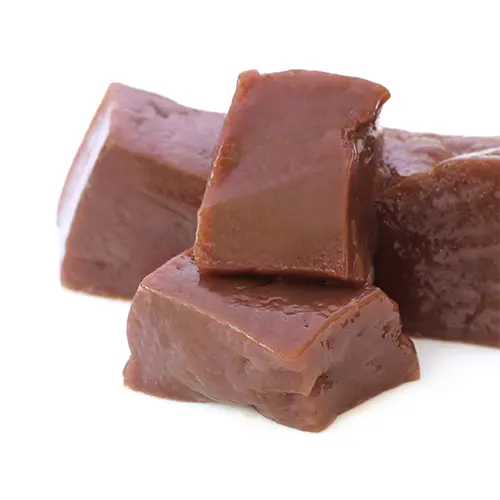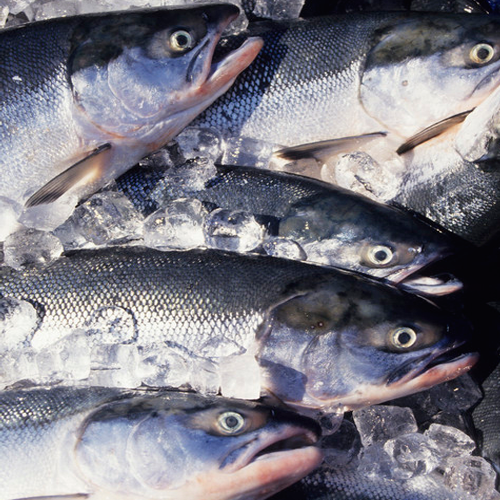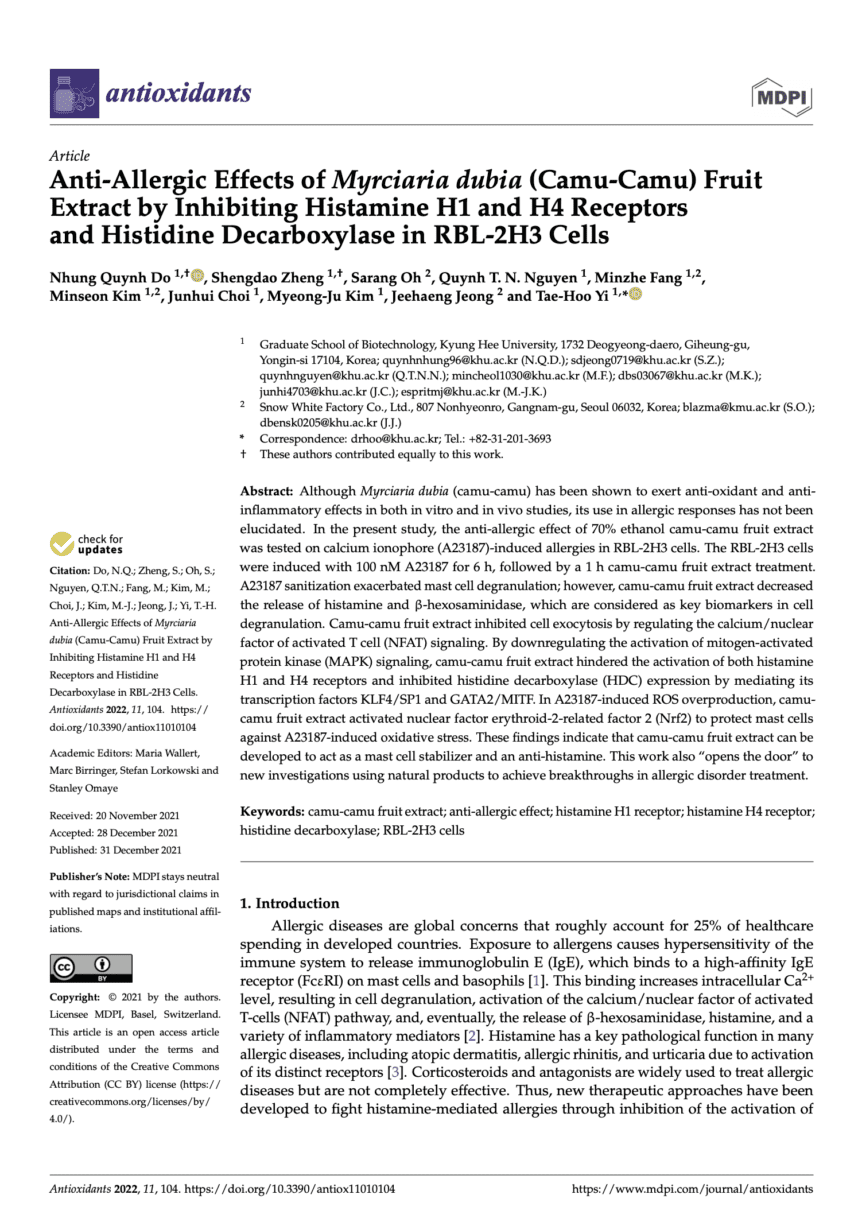
Anti-Allergic Effects of Myrciaria dubia (Camu-Camu) Fruit Extract by Inhibiting Histamine H1 and H4 Receptors and Histidine Decarboxylase in RBL-2H3 Cells
Although Myrciaria dubia (camu-camu) has been shown to exert anti-oxidant and anti-inflammatory effects in both in vitro and in vivo studies, its use in allergic responses has not been elucidated. In the present study, the anti-allergic effect of 70% ethanol camu-camu fruit extract was tested on calcium ionophore (A23187)-induced allergies in RBL-2H3 cells. The RBL-2H3 cells were induced with 100 nM A23187 for 6 h, followed by a 1 h camu-camu fruit extract treatment. A23187 sanitization exacerbated mast cell degranulation; however, camu-camu fruit extract decreased the release of histamine and β-hexosaminidase, which are considered as key biomarkers in cell degranulation. Camu-camu fruit extract inhibited cell exocytosis by regulating the calcium/nuclear factor of activated T cell (NFAT) signaling. By downregulating the activation of mitogen-activated protein kinase (MAPK) signaling, camu-camu fruit extract hindered the activation of both histamine H1 and H4 receptors and inhibited histidine decarboxylase (HDC) expression by mediating its transcription factors KLF4/SP1 and GATA2/MITF. In A23187-induced ROS overproduction, camu-camu fruit extract activated nuclear factor erythroid-2-related factor 2 (Nrf2) to protect mast cells against A23187-induced oxidative stress. These findings indicate that camu-camu fruit extract can be developed to act as a mast cell stabilizer and an anti-histamine. This work also “opens the door” to new investigations using natural products to achieve breakthroughs in allergic disorder treatment.

